
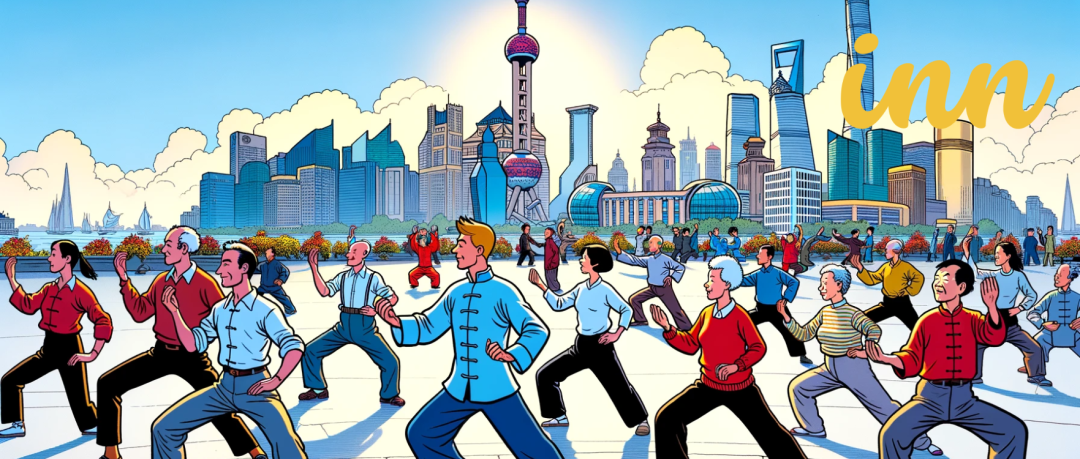
In the beginning of 2024, we will cut through the noise of Shanghai’s crowded streets to the core of its spirit – Tai Chi. Here, in the early morning shadows of parks, people move like old ghosts against the dawn, finding balance as the New Year looms. Tai Chi here isn’t just tradition; it’s the city’s heartbeat, a silent language tying the past to the now. It’s about grasping calm in the chaos, a dance of peace in the daily grind. This isn’t just a practice; it’s Shanghai’s soul laid bare as it embraces another year. Join us in this raw, rhythmic exploration of a city breathing through Tai Chi.
The Cultural Background of Tai Chi
Tai Chi, a unique martial art form originating from ancient China, is more than a physical exercise; it’s a profound philosophical belief and a cultural symbol. Its history traces back to the late Ming Dynasty in China, around the 17th century, attributed to martial arts masters such as Zhang Sanfeng or Chen Wangting, though its exact origins remain a subject of debate.
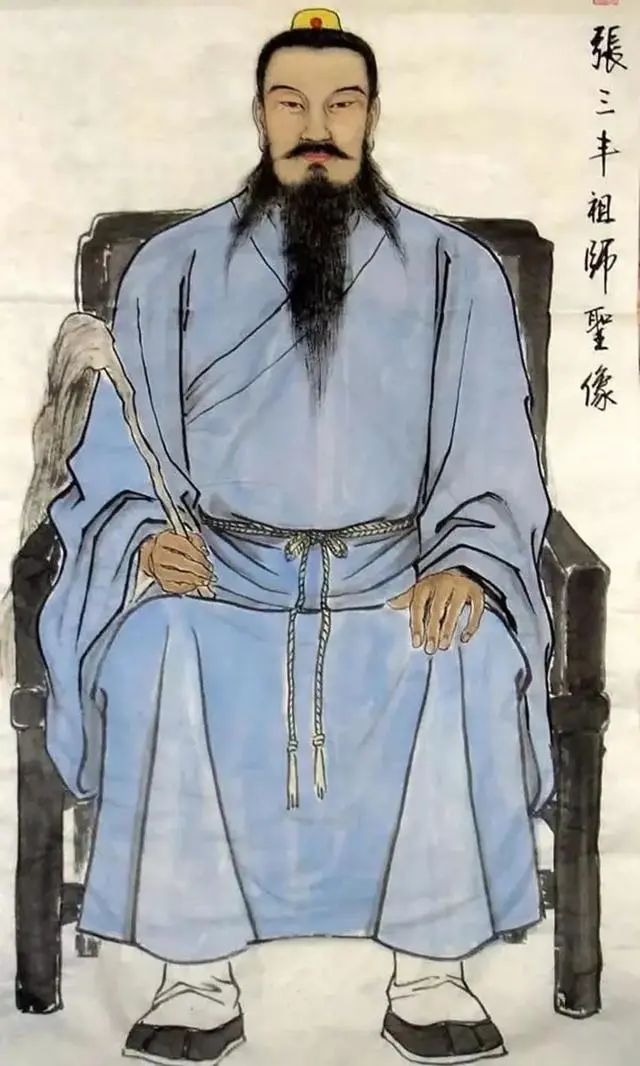
At the core of Tai Chi lies Taoist philosophy, particularly the concept of Yin and Yang, symbolizing opposite but complementary forces in the universe. This philosophy posits that everything in the universe comprises these contrasting forces, existing in a constant dynamic equilibrium. Tai Chi’s movements and forms embody this balance, aiming to achieve harmony in body and spirit through slow, fluid, and deliberate movements.
Tai Chi is an exercise that combines meditation, breathing, and movement, emphasizing the unity of body and mind. Practitioners cultivate inner peace and mental focus through concentrated attention, slow breathing, and precise control of each movement. This practice not only enhances physical strength and flexibility but also improves mental concentration, reduces stress, and promotes overall well-being.

In Chinese culture, Tai Chi is regarded as an important cultural heritage. It embodies the practice of traditional Chinese philosophy and meditation and is an effective way to promote physical and mental health, balance, and harmony. The popularity and spread of Tai Chi, not just in China but globally, have increased awareness and appreciation of Chinese culture and philosophy.
Today, Tai Chi has transcended its martial art boundaries to become a widely practiced form of physical and mental exercise worldwide. Whether in group practices in parks or professional courses in gyms and yoga studios, Tai Chi is helping people find balance in life and improve their quality of life. Through the practice of this ancient art, people are not only physically exercising but also spiritually connecting with China’s rich cultural heritage.
The Integration of Tai Chi and Life in Shanghai
In the early mornings of Shanghai, as the first rays of sunlight break through, the city is still stirring to life. At this serene hour, many parks and green spaces become havens for Tai Chi enthusiasts. By the swaying willows beside a lake or in a quiet corner of a park, you can observe groups of people dressed in comfortable attire, deeply immersed in practicing Tai Chi. Their movements are slow and fluid, seemingly disconnecting them from the surrounding world and connecting them to an inner peace and profound understanding of Tai Chi philosophy.
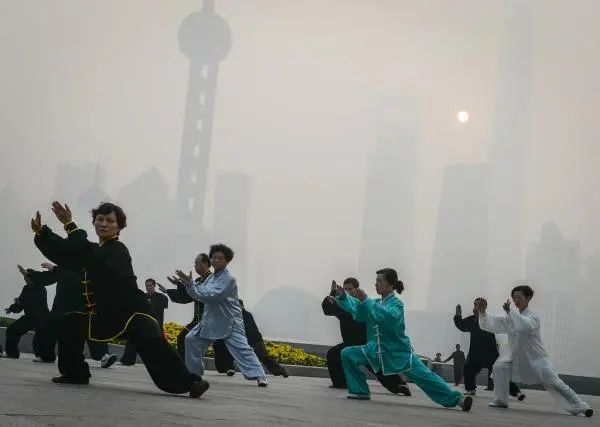
Among these Tai Chi practitioners are both elderly retirees and young professionals. For the elderly, Tai Chi is not just a form of exercise but also a way to socialize. They practice together, share insights, and enjoy the pleasures of life in each other’s company. For the younger participants, Tai Chi offers a way to relax and reduce the stresses of life. In the fast-paced urban environment, it becomes a path to finding internal calm.
The practice of Tai Chi is more than physical training; it’s an exercise for the soul. It teaches people how to find balance amidst busyness and stress, how to relax the body and mind through slow, deliberate movements. During this process, practitioners learn the art of breathing, muscle control and relaxation, and confronting life’s challenges with a calm heart.
The popularity of Tai Chi in Shanghai is not just a cultural legacy but also a lifestyle choice. It provides the city’s inhabitants with a means of achieving balance in their fast-evolving urban surroundings, enriching the cultural depth of the city. The practice of Tai Chi is a bridge connecting the past and the future, tradition and modernity, reflecting the unique charm and philosophy of life in Shanghai.
Basic Tai Chi Movements Instruction
The practice of Tai Chi emphasizes slow, fluid movements and deep breathing, aimed at promoting harmony and balance in body and mind. Here are some fundamental Tai Chi movements suitable for beginners to understand and try:
1. Opening Stance (起势 Qǐ shì)
-
Stand with feet shoulder-width apart.
-
Breathe deeply and relax your body, with arms naturally hanging at your sides.
-
Slowly lift your hands in front of your chest, palms facing down, keeping arms relaxed.
-
Gradually lower your hands back to the starting position while breathing deeply.
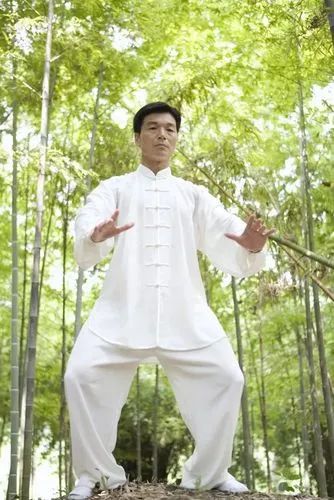
2. Holding the Ball (抱球式 Bào qiú shì)
-
Start from the opening stance, imagine gently holding a large ball, with the left hand on top and the right hand below.
-
Keep your back straight and knees slightly bent.
-
Hold this position for a few seconds, then switch hands, placing the right hand on top and the left below.
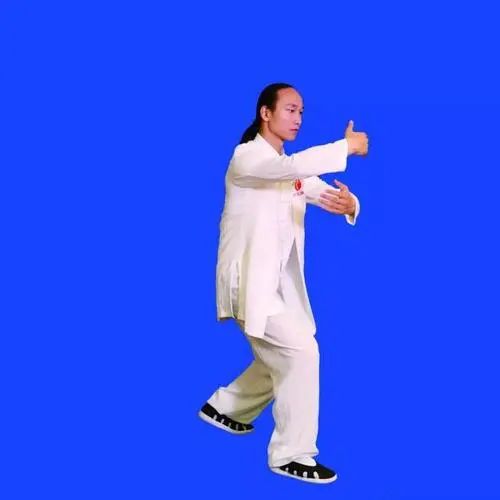
3. Single Whip (单鞭 Dān biān)
-
Begin from the holding the ball stance, step forward with your left foot.
-
Extend your right hand forward and slightly lower your left hand, as if pushing a heavy object.
-
Shift your weight onto your left foot, with the heel of your right foot gently raised.
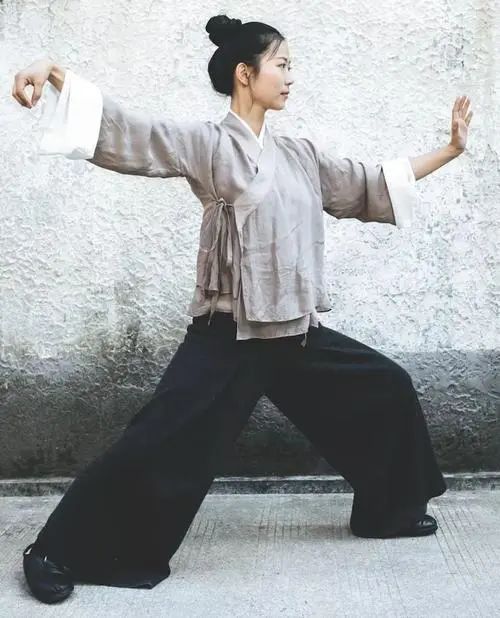
4. Cloud Hands (云手 Yún shǒu)
-
Stand with feet shoulder-width apart, hands alternately rising and falling in front of you.
-
As one hand ascends, the other descends, mimicking clouds moving slowly in the sky.
-
Gently twist your body with the movement of your hands, ensuring that your breathing synchronizes with the movements.
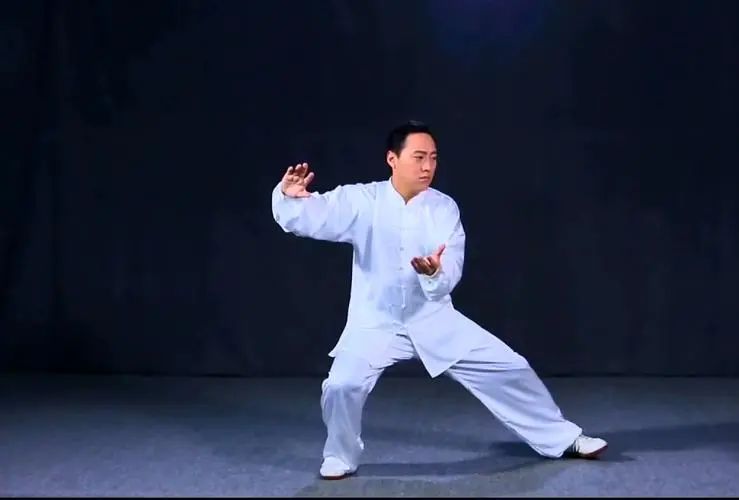
5. White Crane Spreads Its Wings (白鹤亮翅 Bái hè liàng chì)
-
Start from a standing position, slowly raise your right hand above your head, palm facing outward, while your left hand hangs at your side.
-
Gently lift your left foot, touching the ground with your toes, imitating the stance of a standing white crane.
-
Maintain balance and ensure even breathing.
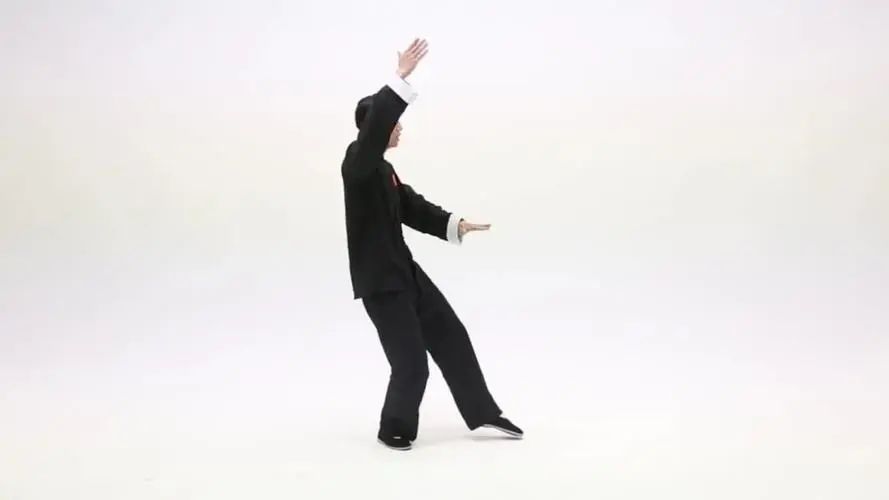
These movements should be performed slowly and smoothly, focusing on coordinating breathing with movements. The key to Tai Chi is fluidity and inner calm. For beginners, it is recommended to practice under professional guidance to ensure proper posture and breathing techniques. As you delve deeper into practice, you will gradually experience the physical and mental balance and tranquility that Tai Chi offers.
Vocabulary and sentences
In line with the theme of Tai Chi, here are some related Chinese vocabulary and sentences, including basic Tai Chi terminology and common commands. These words and sentences not only help in understanding the practice of Tai Chi but also enhance the comprehension of its cultural significance.
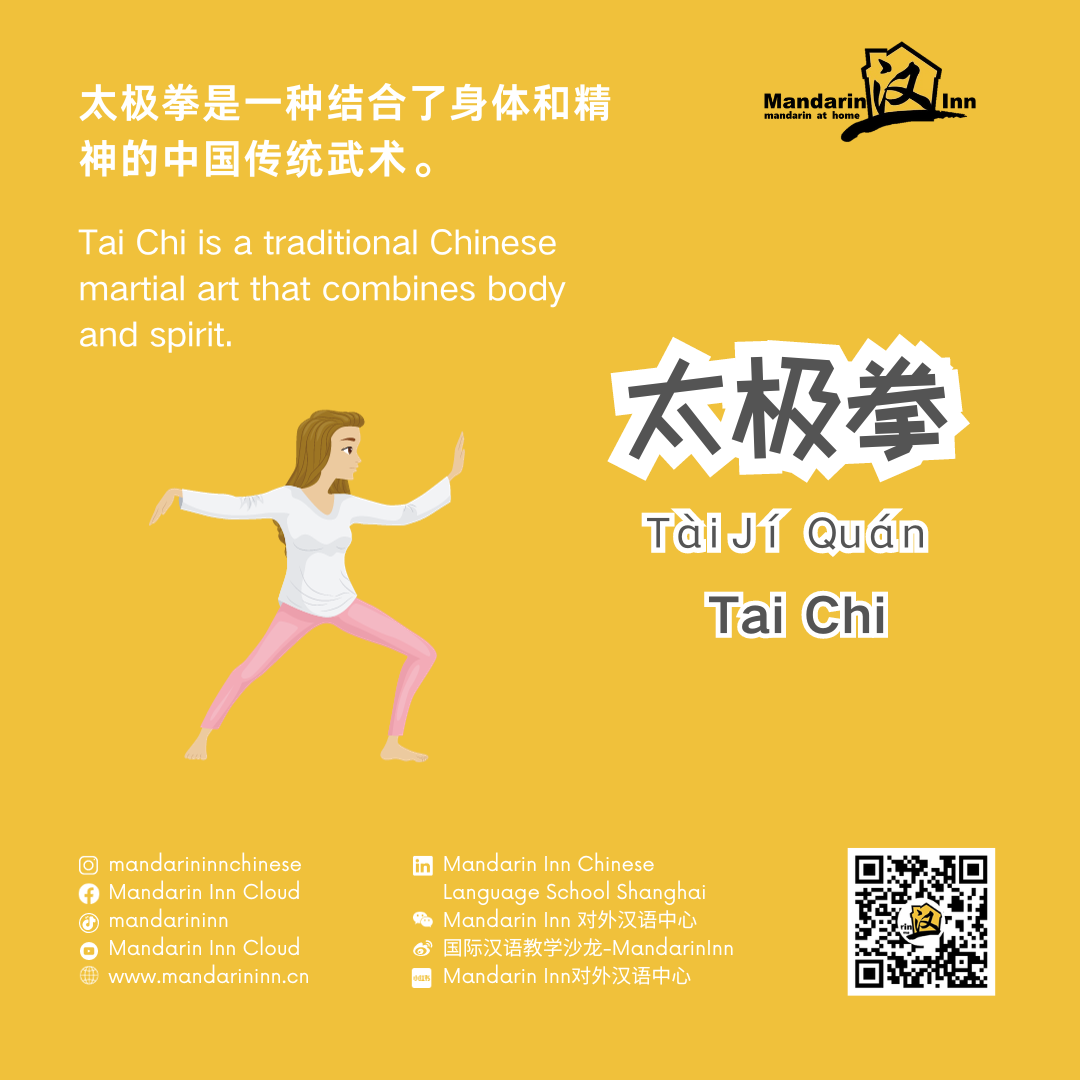
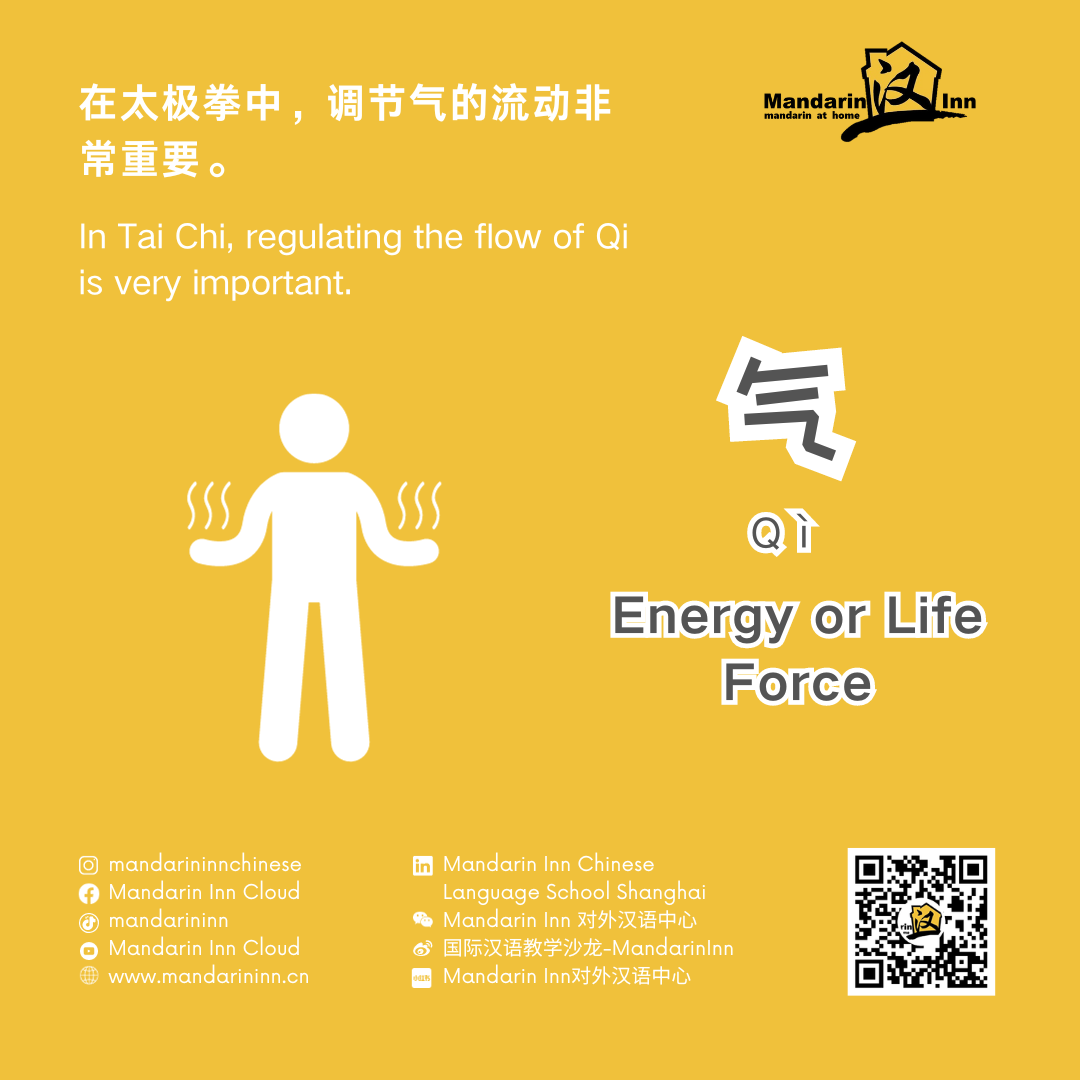
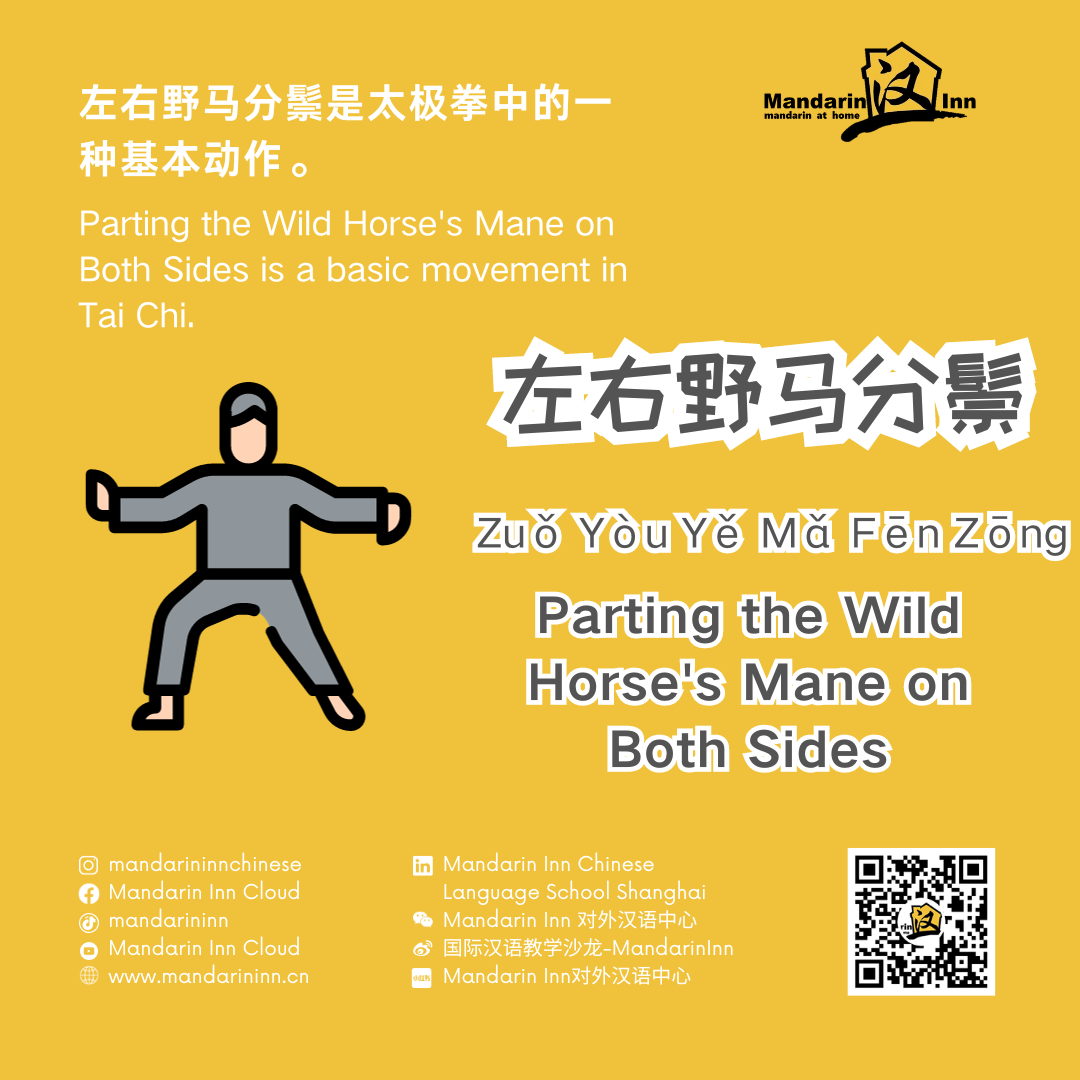
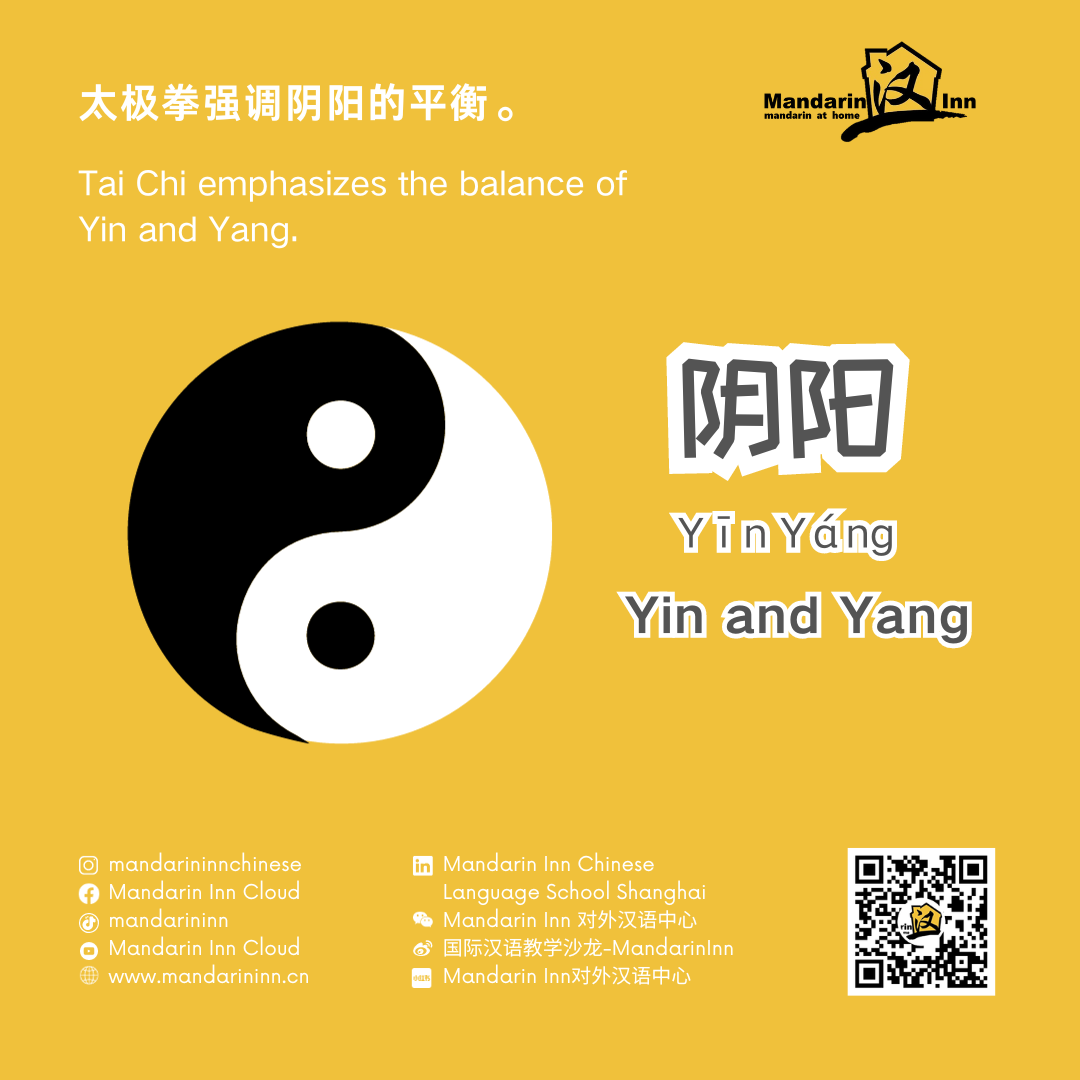
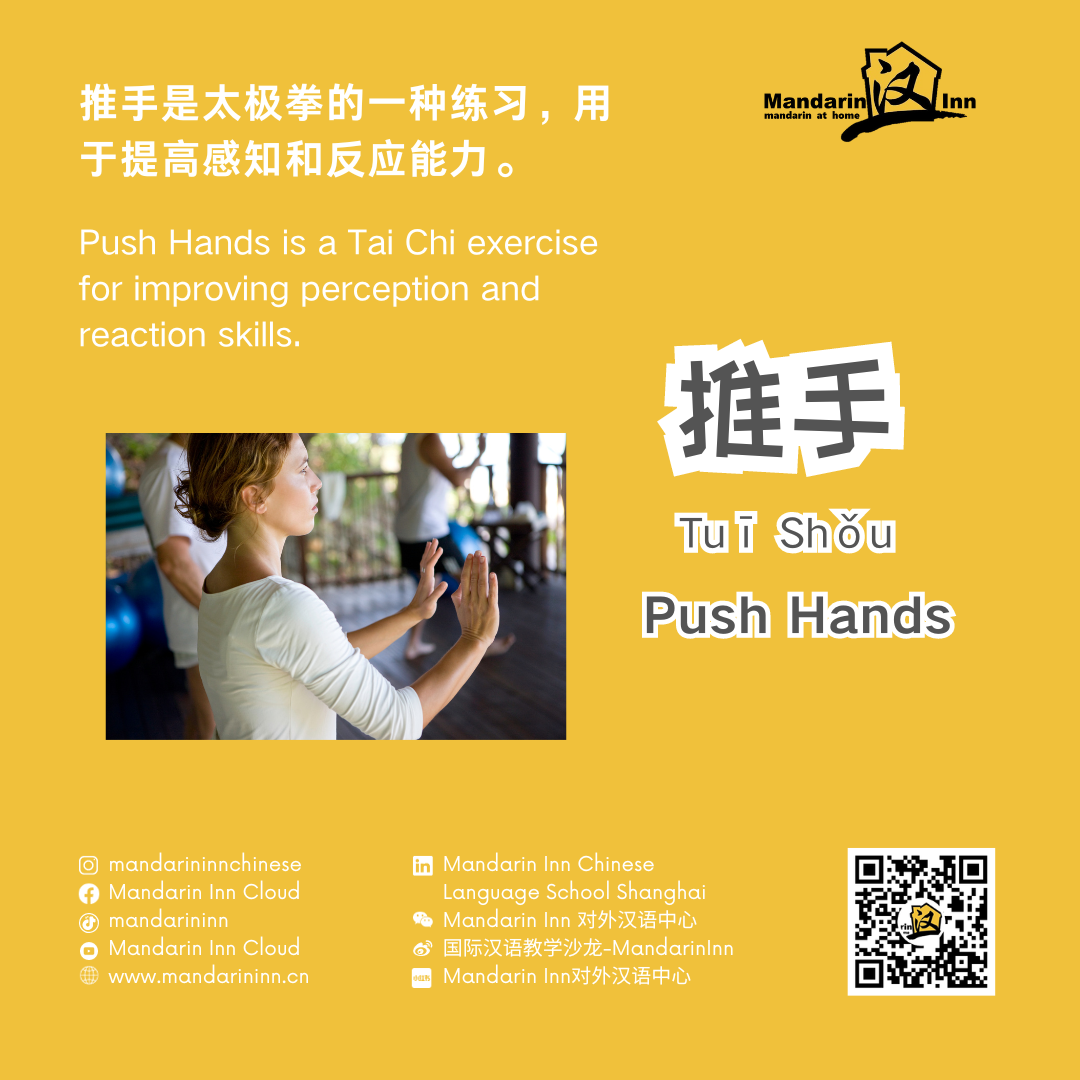
These vocabulary and sentences provide a basic introduction to the philosophical foundations and practice details of Tai Chi, aiding in a deeper exploration of the essence of this martial art.
As we’ve delved into the history, cultural background, and basic movements of Tai Chi, it’s now time to put this theory into practice. Mandarin Inn is hosting a special Tai Chi experience event on January 6th, “New Year, New Moves: Shanghai Tai Chi Experience Day.”This is not just the start of a new year but also a fantastic opportunity to explore and practice the art of Tai Chi.
On this day, we will together delve into the profound cultural significance of Tai Chi and engage in hands-on practice of its elegant and profound basic movements. Whether you are a beginner or someone with some Tai Chi experience, this event promises to offer a unique learning and experiential opportunity. Professional Tai Chi instructors will guide everyone to ensure each movement is executed accurately and fluidly.
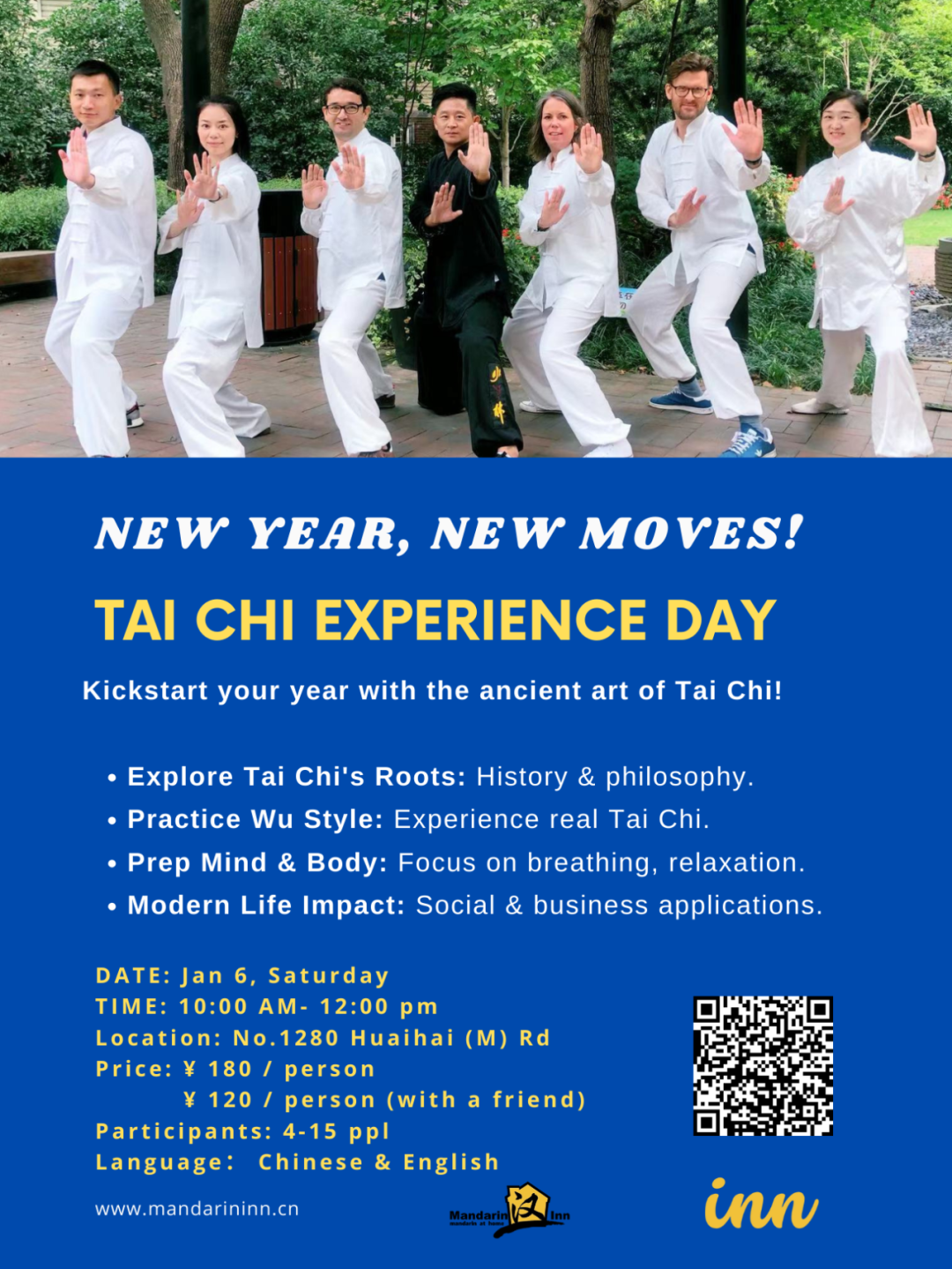
We encourage every reader to participate in this event, not just to learn Tai Chi but to experience a different essence of culture and a way to achieve mental and physical balance. Bring your friends and family along to join in this special moment of celebrating the New Year. Let’s welcome the new year together, explore new movements, and experience the inner peace and strength that Tai Chi offers.
Don’t miss this opportunity to join us at Mandarin Inn for “New Year, New Moves: Shanghai Tai Chi Experience Day”! We look forward to seeing you there!
Learn more about Mandarin Inn
Do you want to have a guided Mandarin learning experience? Mandarin Inn offers various Chinese course programs, starting from 1-on-1 course, group class, to online class; everything is adjustable to your own schedule!
Free trial is also available, scan the QR code below to register!

